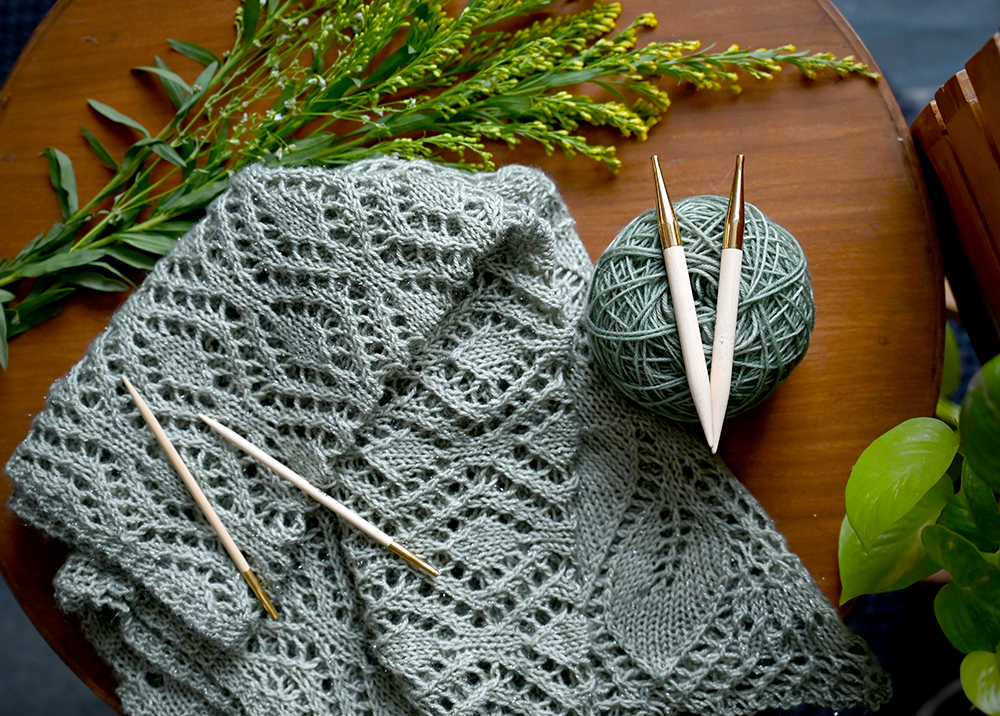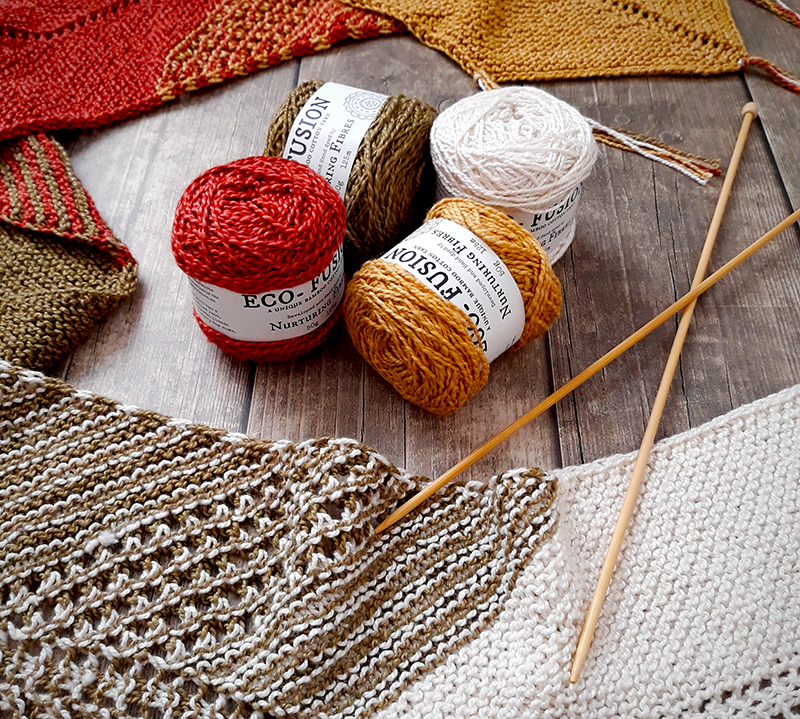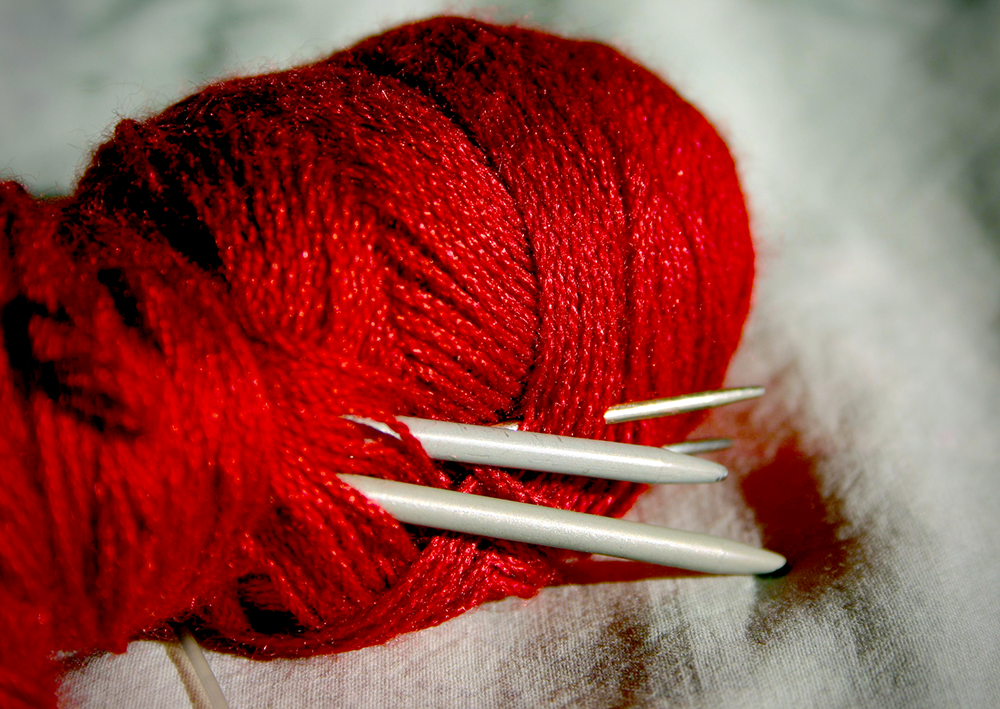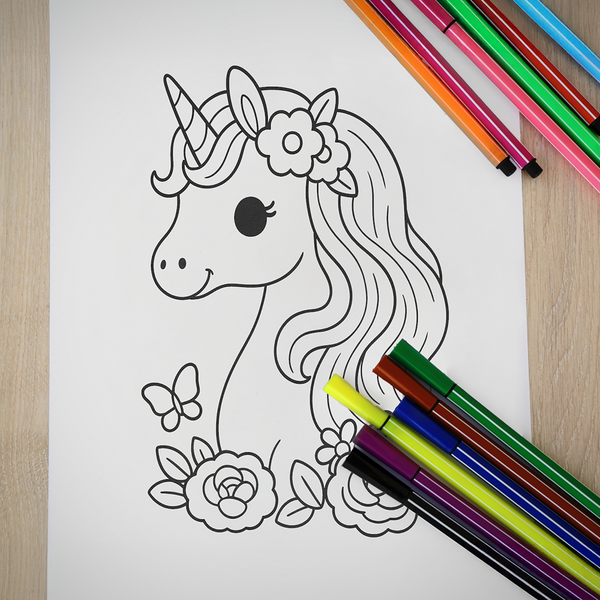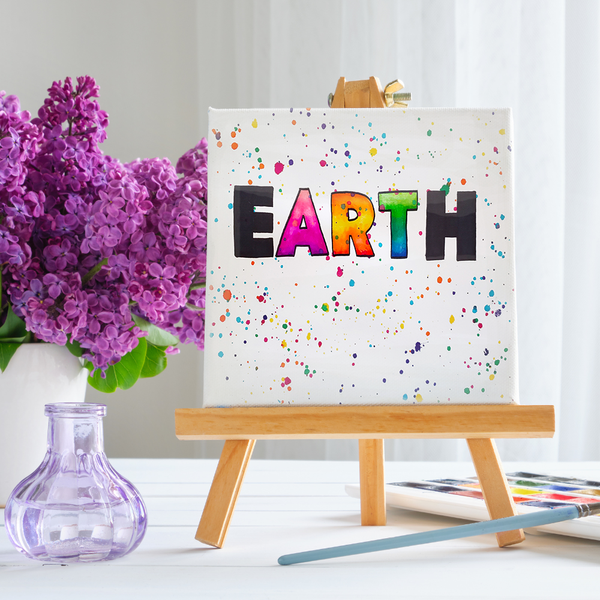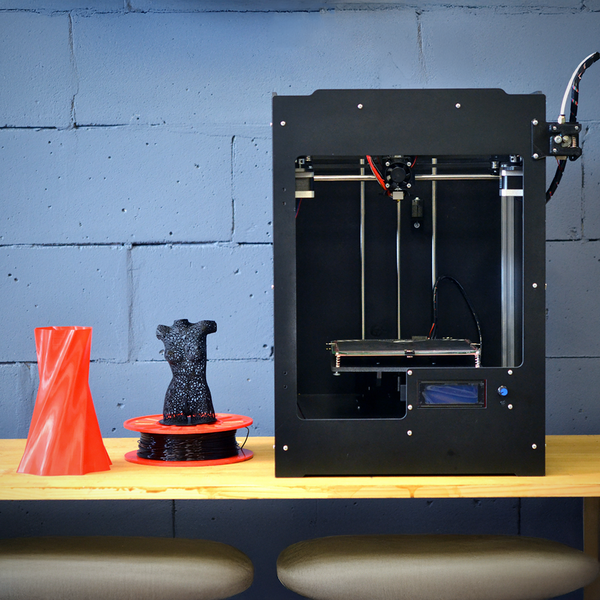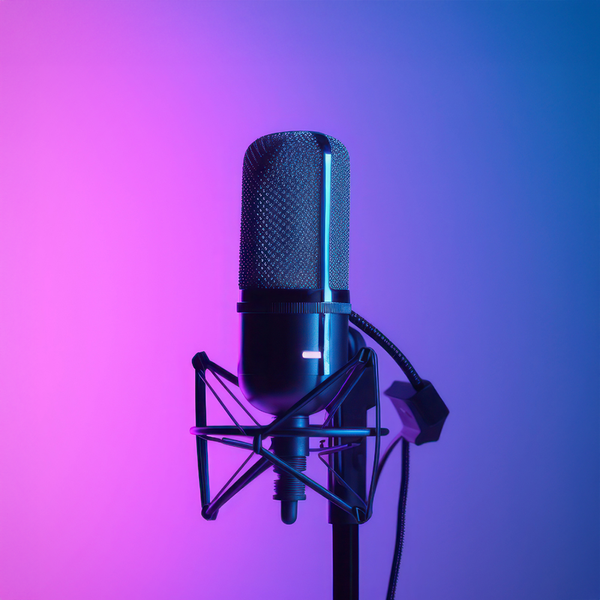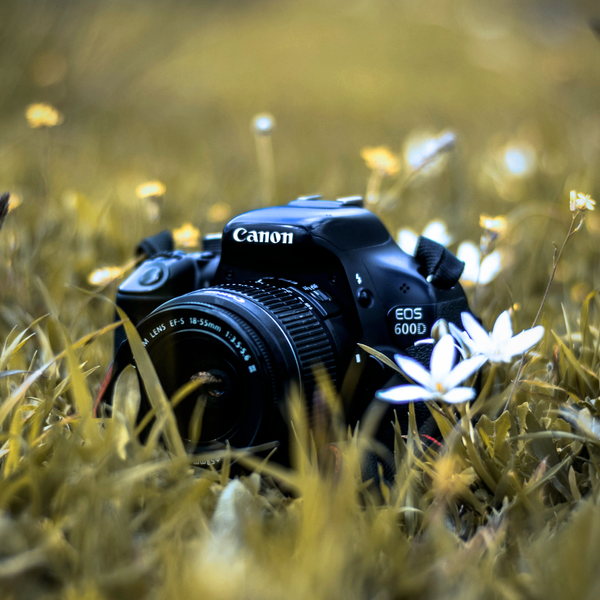Are you a crafty artist who likes to dabble in multiple mediums?
Do you enjoy the creative satisfaction of knitting and crocheting, but have wondered if there’s a way to combine them on one machine?
Well, we have your answers—you can crochet on a knitting machine!
Using this tool opens up endless creative possibilities; you can stitch intricate designs with confidence and take your artistry to an entirely new level.
A knitting machine is an invaluable asset for all types of crafters - from beginners who want something more automated than needles or hooks, to experienced makers looking for untapped opportunities.
In this blog post, we will explore what it means to crochet and knit with the machine knitting; let's unravel these mysteries and provide guidance so no obstacle stands in the way of your creative endeavors.
We’ll also discuss how these two crafts differ from each other so that you can decide which is best for your project.
Dive deeper into the world of handcrafting by learning about its limitless potential: join us as we uncover all that can be done with a knitting machine.
Get ready to unravel the possibilities of crafting with both yarn and needles!
Key Takeaways:
- Crochet and machine knitting are distinct crafts, but certain crochet effects can be mimicked on knitting machines.
- Advanced knitting machines can produce patterns and textures similar to crochet, but true crochet requires manual handwork.
- Understanding the capabilities and limitations of knitting machines can help crafters choose the right tool for their projects.
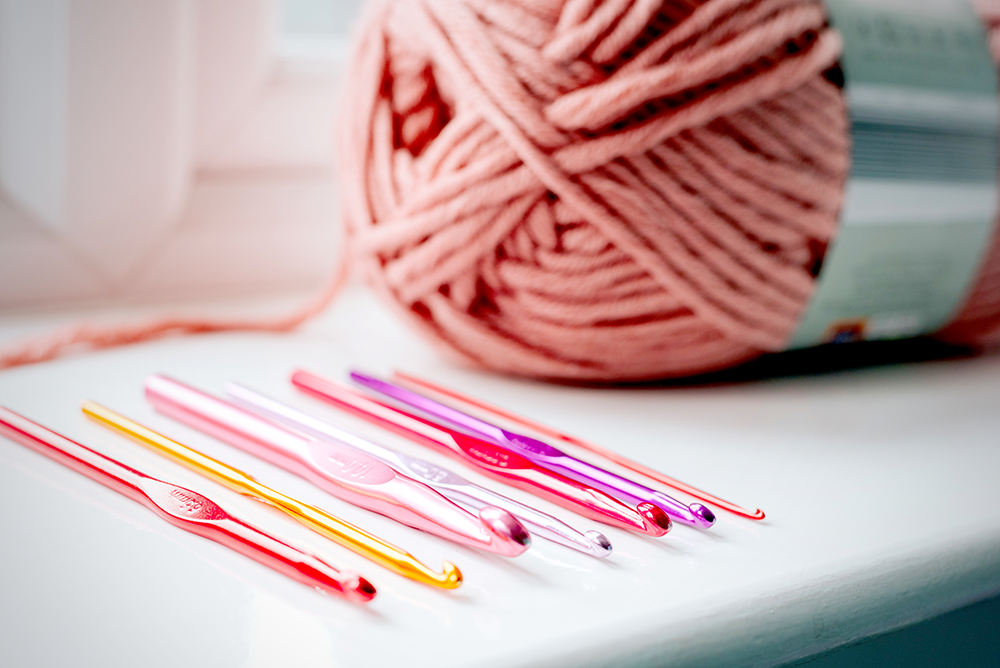
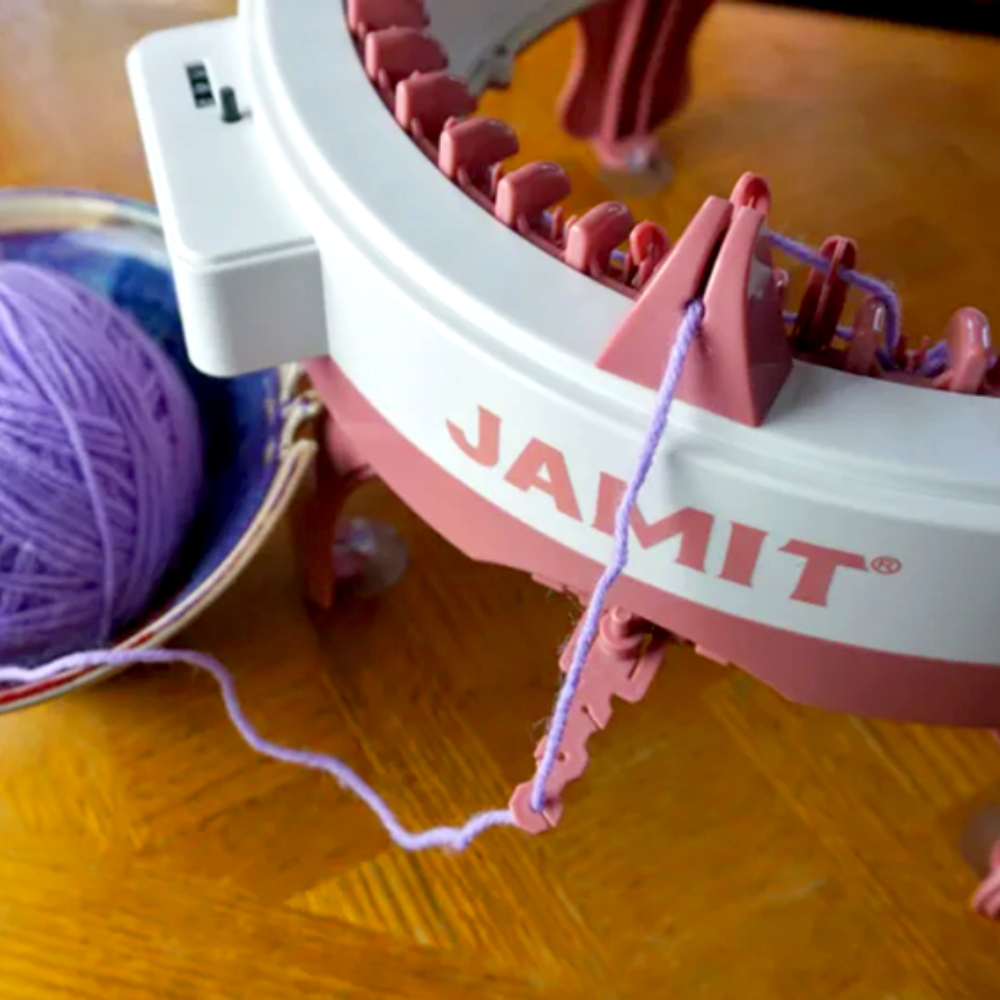
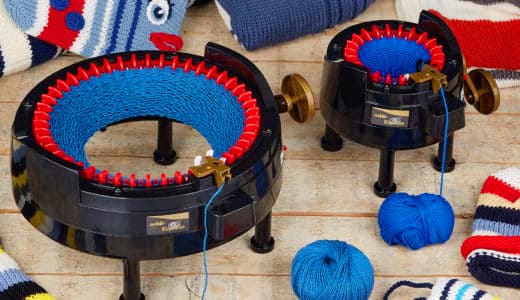
History of Knitting and Crochet
Have you ever heard the myth that a knitting machine can only be used for knitting, and not for crochet?
Well, we're here to tell you that this just isn't true!
It's a common mistake to believe that these fabulous machines are only designed for one particular craft.
In fact, you can totally use knitting machines for crochet-esque purposes, too!
Crocheting and knitting are two needlework techniques that have captivated crafters for centuries.
Knitting and crochet have been popular crafts for centuries, with evidence of their existence dating back to ancient Egypt.
Originally, both techniques were done by hand with knitting needles or hooks, creating intricate garments and decorative pieces.
But as technology advanced, knitting machines were invented in the 16th century to speed up production and allow for more complex designs.
With the advent of technology, knitting machines have become a staple for those looking to produce knitted items more efficiently.
But don't worry, this doesn't mean that hand knitting and crocheting are becoming obsolete - there will always be a place for handmade artistry in the crafting world.
Crocheting on a knitting machine is simply another tool in a crafter's arsenal, offering new possibilities and techniques to explore.

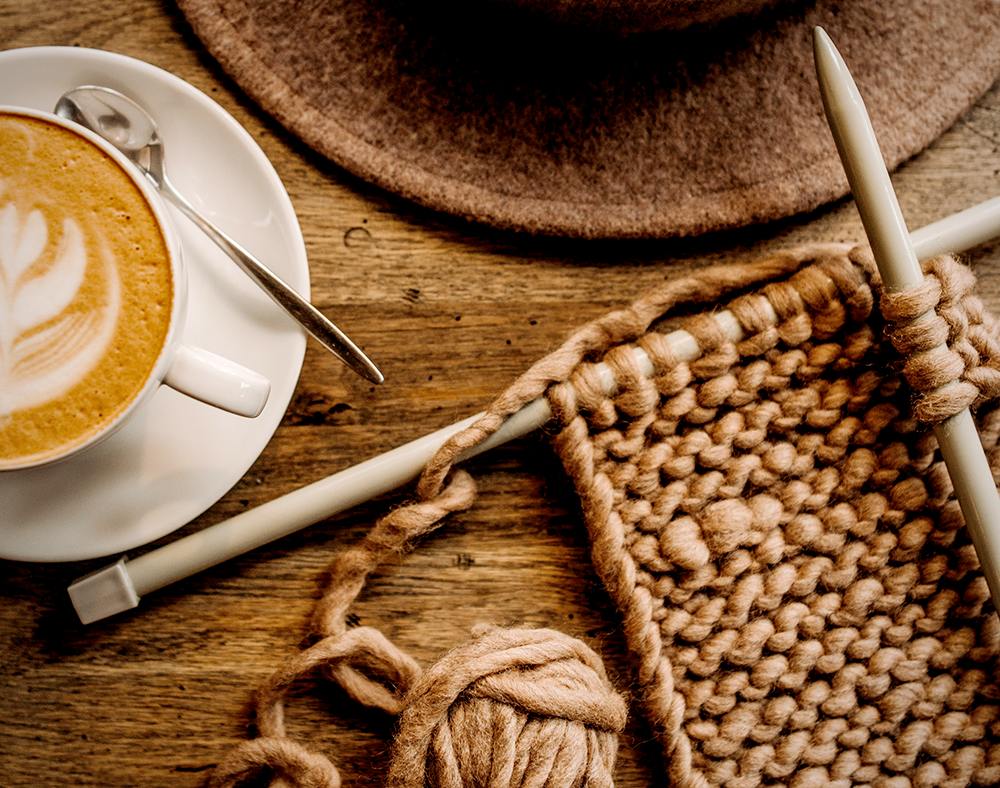
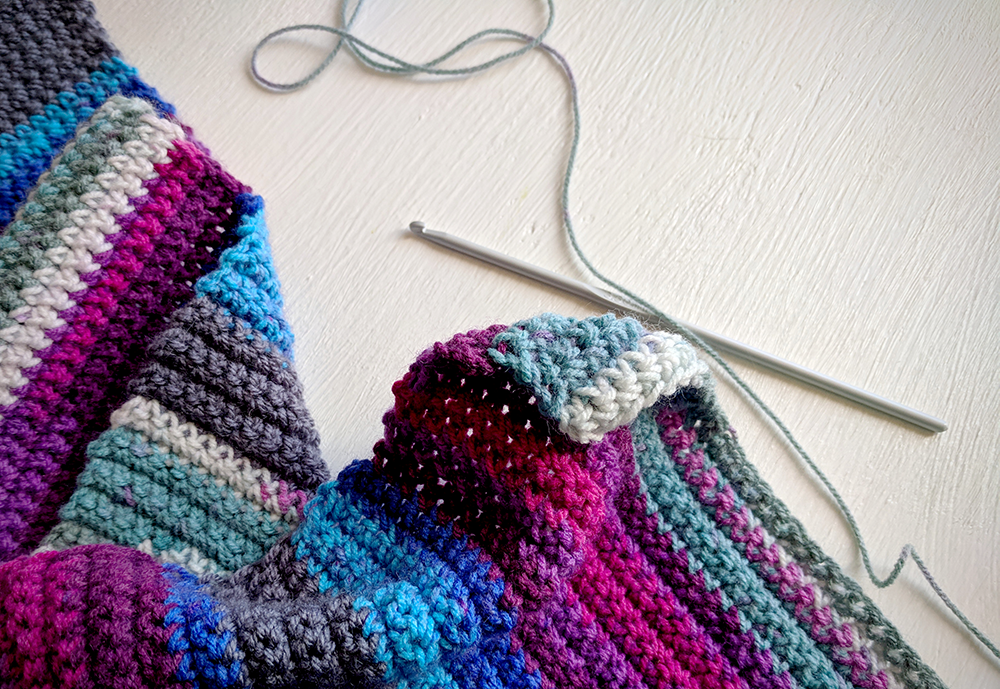
The Difference Between Knitting and Crochet
While knitting and crochet may seem similar at first glance, there are significant differences between the two crafts.
Knitting uses two needles to create loops of yarn that interlock with one another to form a fabric, while crochet uses a single hook to create a series of interlocking loops.
This difference in technique leads to distinct appearances and textures between knitted and crocheted fabrics.
Knitting tends to have a more uniform look, while crochet can create more intricate designs and textures with its ability to work stitches individually.
Additionally, crochet allows for more flexibility in shaping and manipulating the fabric compared to knitting.
But with advancements in technology, knitting machines are now able to mimic some of the effects of crochet.
Many people assume that because knitting machines have needle beds designed to knit, they can't be used to work with hooks and crochet.
However, this is not necessarily the case!
By using a combination of stitch patterns and techniques, knitting machines can produce fabrics that closely resemble crocheted pieces.
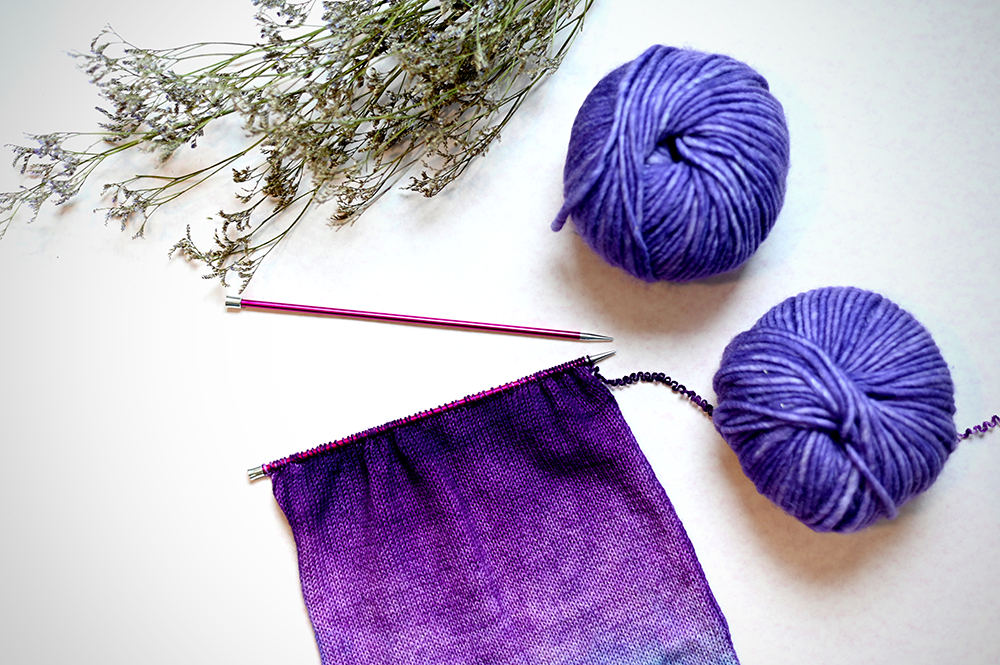
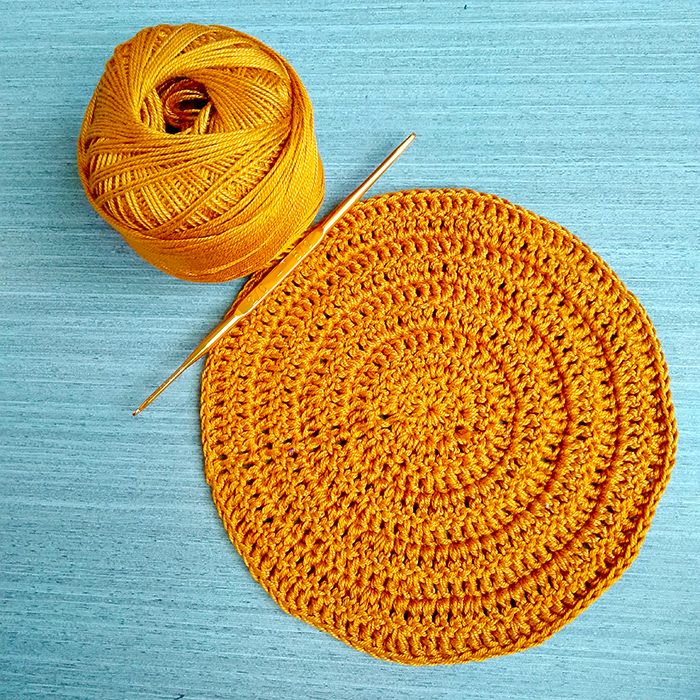

Distinct Worlds of Crochet and Machine Knitting
Crochet is a process of creating fabric by interlocking loops of yarn with a crochet hook.
It's known for its versatility and the ability to create complex, three-dimensional patterns.
On the other hand, machine knitting involves the automated creation of knitted fabric by manipulating stitches with a series of needles.
While both crafts use yarn to create fabric, the techniques and tools involved are quite different.
With crochet, a hook is used to create individual stitches, while in machine knitting, needles are used to manipulate multiple stitches at once.
Machine knitting has its own unique set of challenges and techniques that differ from traditional hand knitting and crocheting.
But with the right knowledge and practice, crafters can expand their skills and explore new possibilities with a knitting machine.
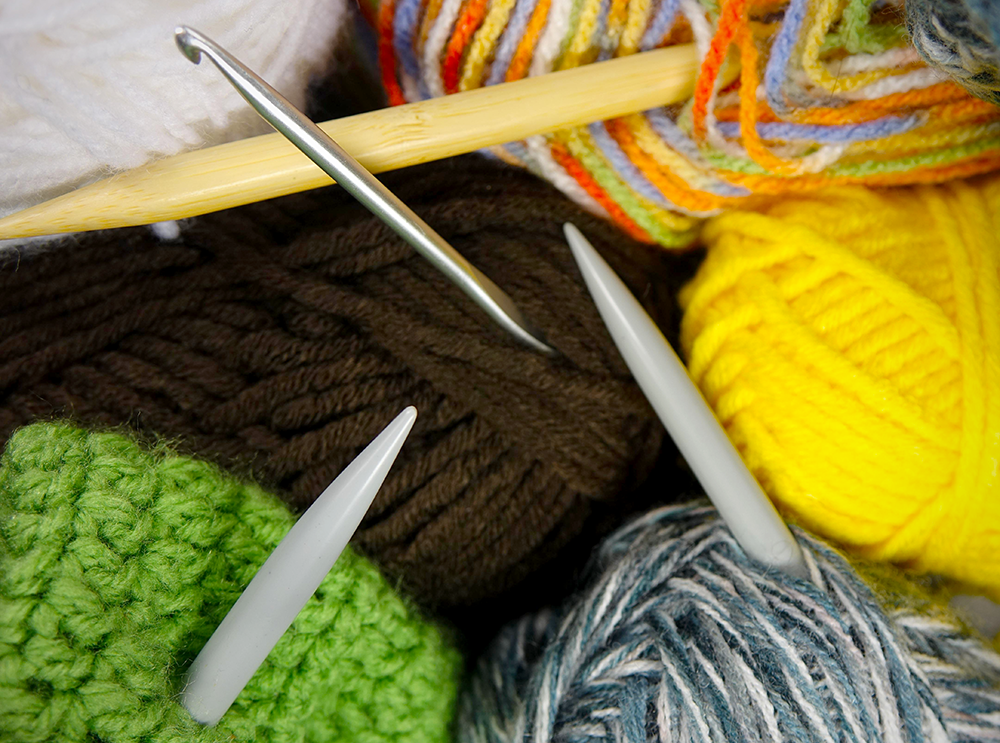

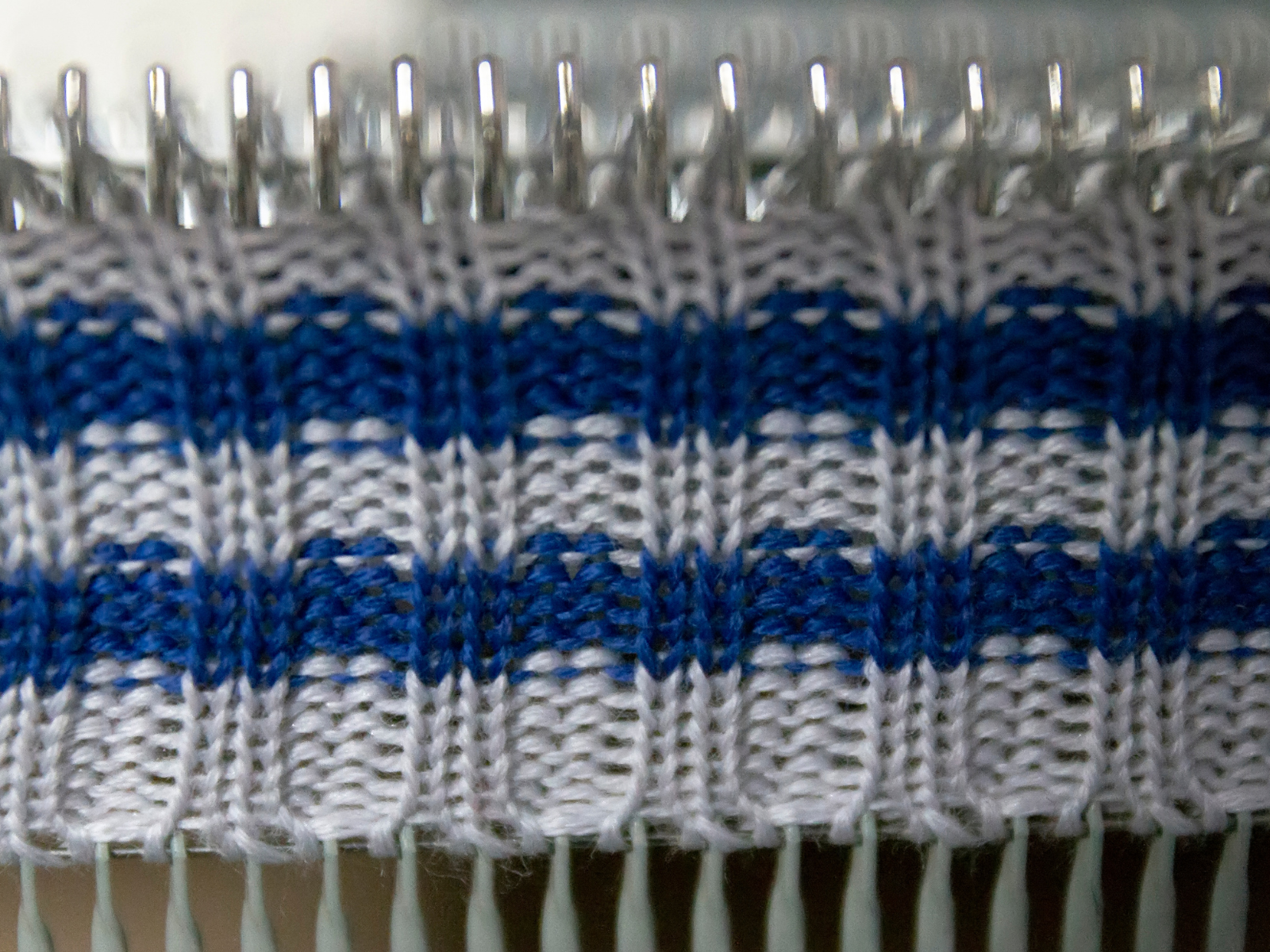
Understanding Knitting Machines
Knitting machines, similar to a sewing machine, come in various forms, including flatbed knitting machines, circular knitting machines, and warp knitting machines.
These machines are designed to efficiently produce knitted fabric, but they operate on a different principle than crochet.
Knitting machines work by creating interlocking loops of yarn with needles, which is fundamentally different from the hook-based technique of crochet.
However, with the use of various techniques and stitch patterns, knitting machines can produce fabrics that closely resemble crochet.
One of the main reasons why some people feel traditional crochet can't be done on knitting machines is because it requires a different type of hook than what machines typically have.
However, there are now a variety of latch hook tools and converters that can be used to help you achieve your desired stitch pattern.
These tools help to adapt the machine for use with a crochet hook, resulting in a perfectly crocheted piece!
Understanding the capabilities and limitations of a knitting machine is essential for choosing the right tool for your project.
If you're just starting out with knitting machines, it may be a bit challenging to get the hang of using them for crochet purposes.
It's important to take your time and practice with smaller projects before moving on to larger ones.
You can start by adapting small swatches of fabric, or trying out different stitch patterns until you feel comfortable with the process.
But don't be discouraged - just like any other craft, mastering a knitting machine takes time and practice.
With patience and experimentation, you can create stunning crochet-inspired fabrics on your knitting machine.
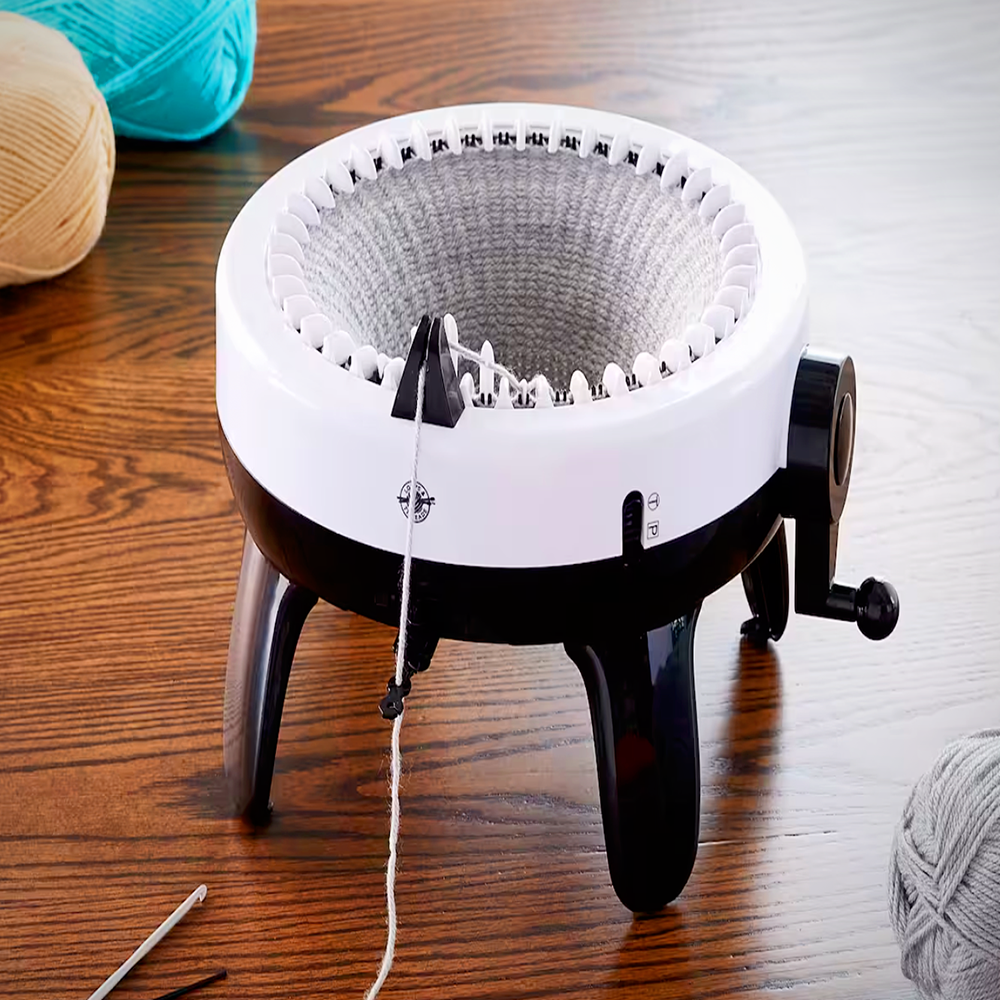
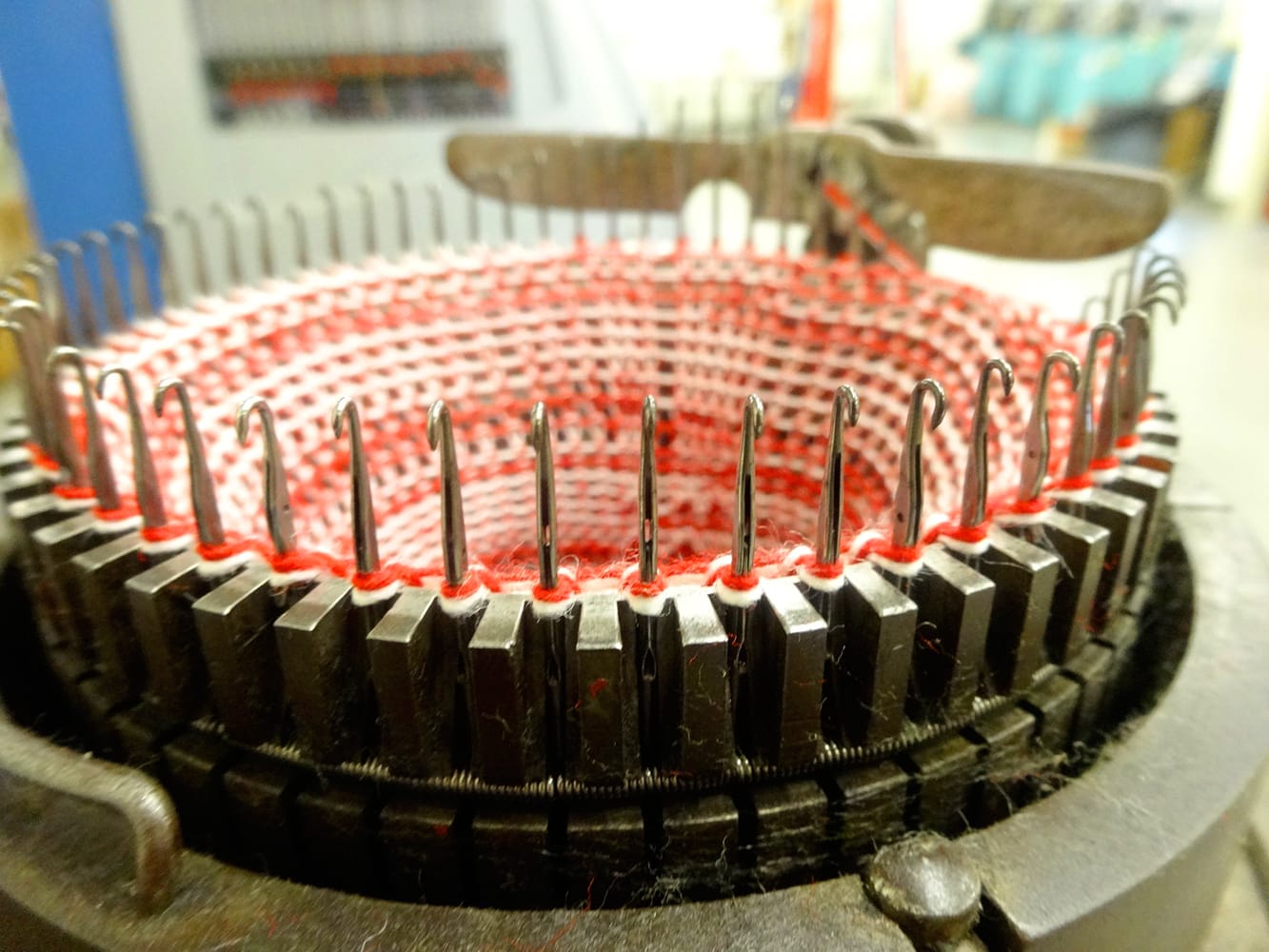
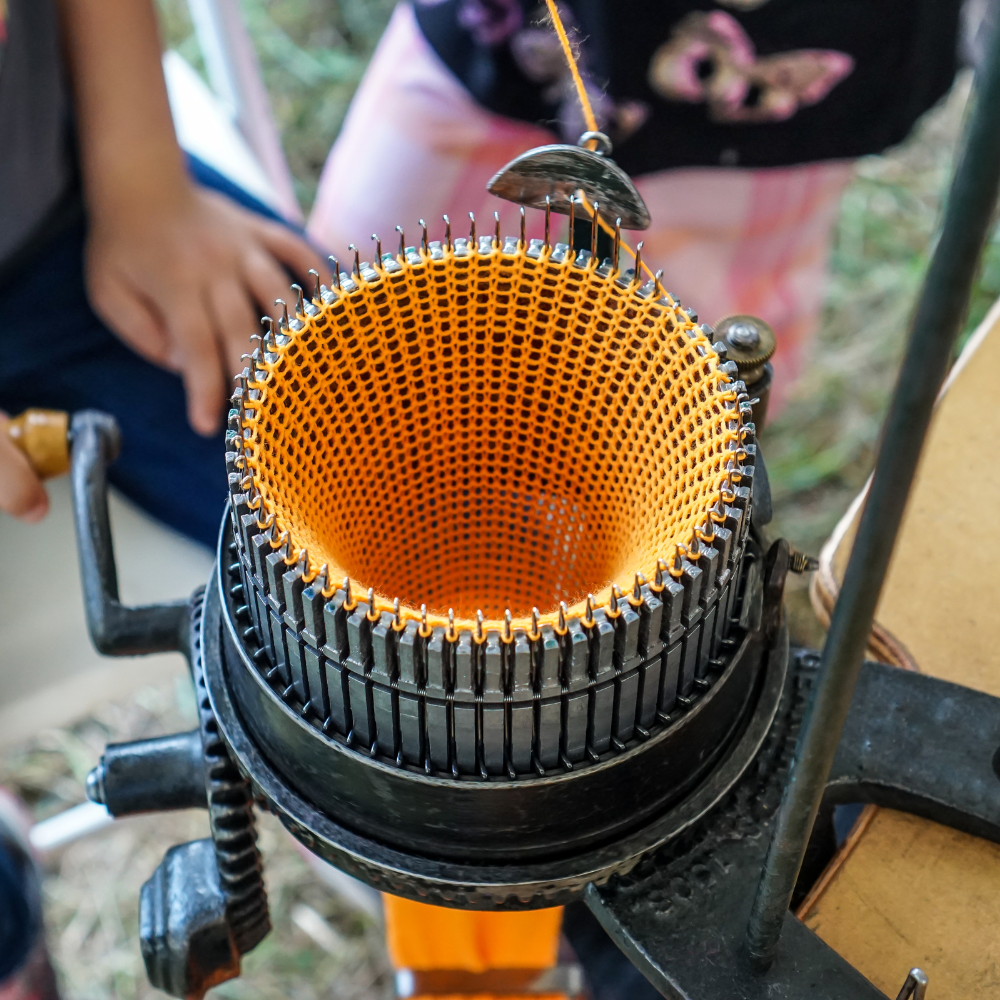
Replicating Handmade Crochet with Machines
Can crochet be done on knitting machines?
The short answer is no; crochet be done on knitting machines in the traditional sense.
Knitting machines are designed for knit stitches, not crochet stitches.
However, some knitting machines can create faux crochet textures or patterns that mimic the appearance of crochet.
While needlework machines, including knitting and sewing machines, can produce a variety of stitches and patterns, they cannot replicate handmade crochet and its unique texture and flexibility.
Crochet stitches, such as granny squares and intricate lace patterns, require the dexterity and control of hand crochet.
While the term "crochet machines" might suggest equipment capable of actual crochet, these machines are more akin to knitting machines.
They produce knit-like fabrics and cannot truly replicate the unique stitches of hand crochet.
Crochet, by its very nature, requires the manual manipulation of yarn with a hook, a process that machines have yet to fully replicate.
Initially, the complexity of crochet, with its intricate loops and knots, posed a challenge to mechanization.
However, with advancements in technology, modern crochet machines have begun to emerge, albeit with limitations.
These machines can replicate basic crochet stitches and patterns, but the nuanced artistry of hand crochet remains difficult to fully capture.
The evolution of these machines is ongoing, and each iteration brings us closer to narrowing the gap between machine-made and handcrafted crochet items.
The current state of crochet machines is a testament to the ingenuity of textile engineers.
While a fully automated crochet machine that can mimic every hand crochet stitch does not yet exist, hybrid machines that combine elements of weaving needle looms and warp knitting machines have made strides in producing crochet-like fabrics.
These machines can produce textiles with a crochet aesthetic at a much faster rate than hand crochet, making them valuable for large-scale production where the handmade look is desired but not feasible for mass production.
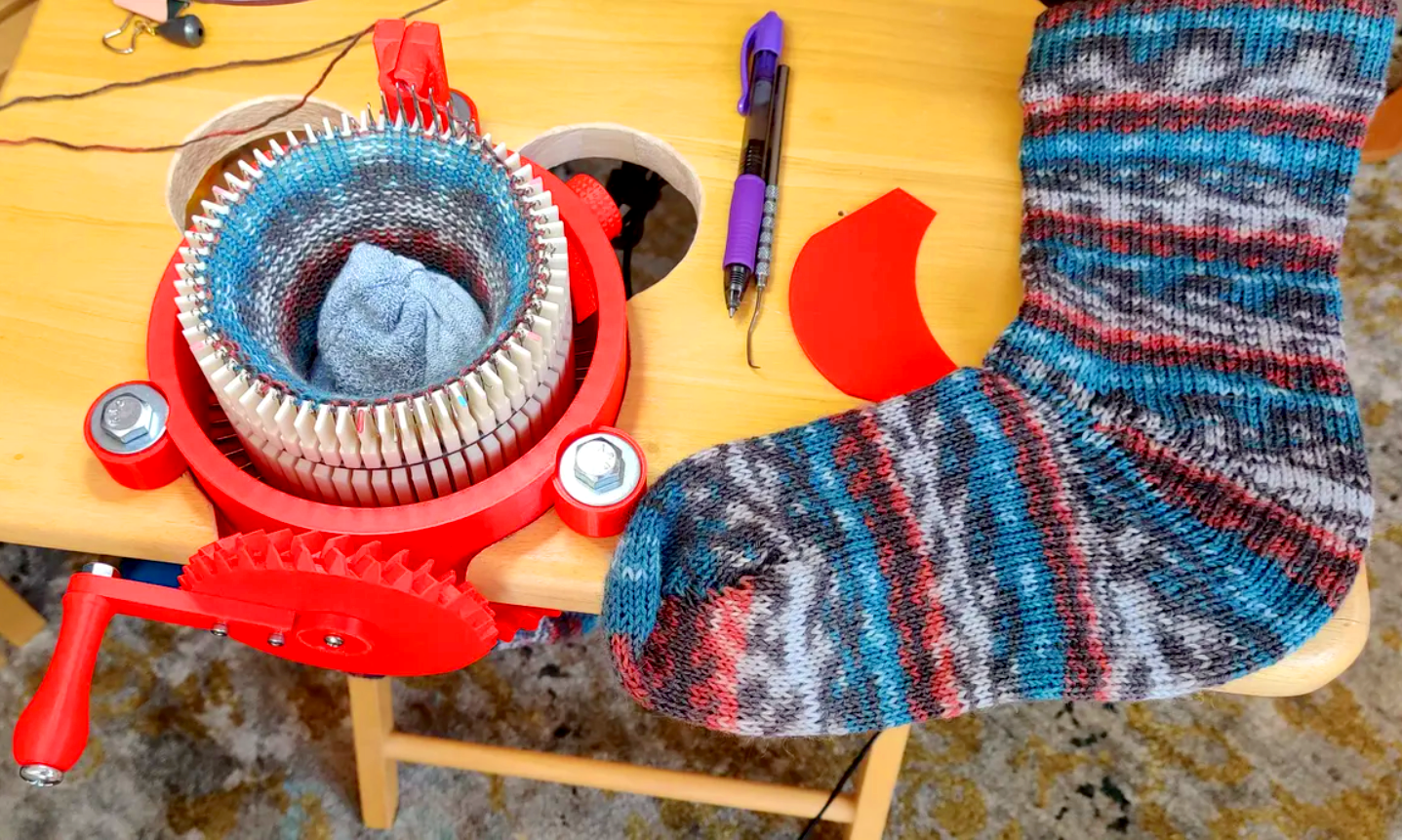
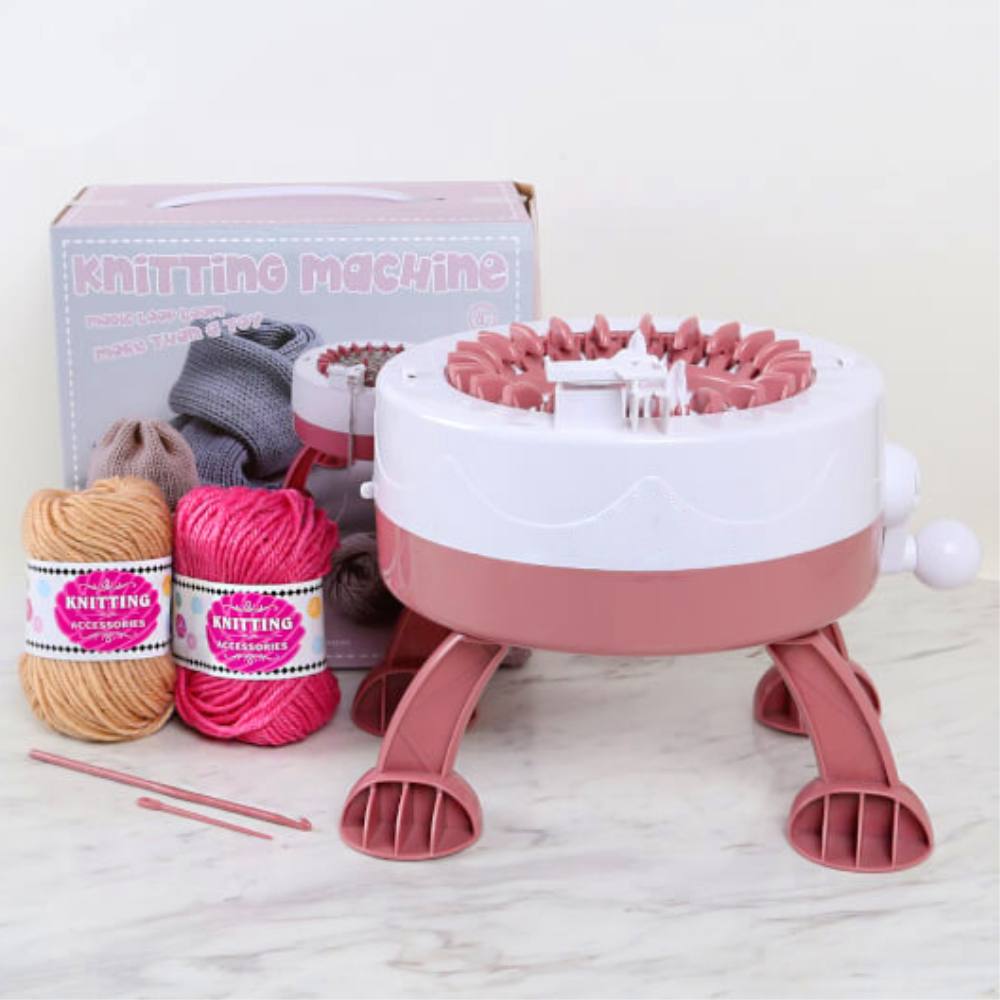
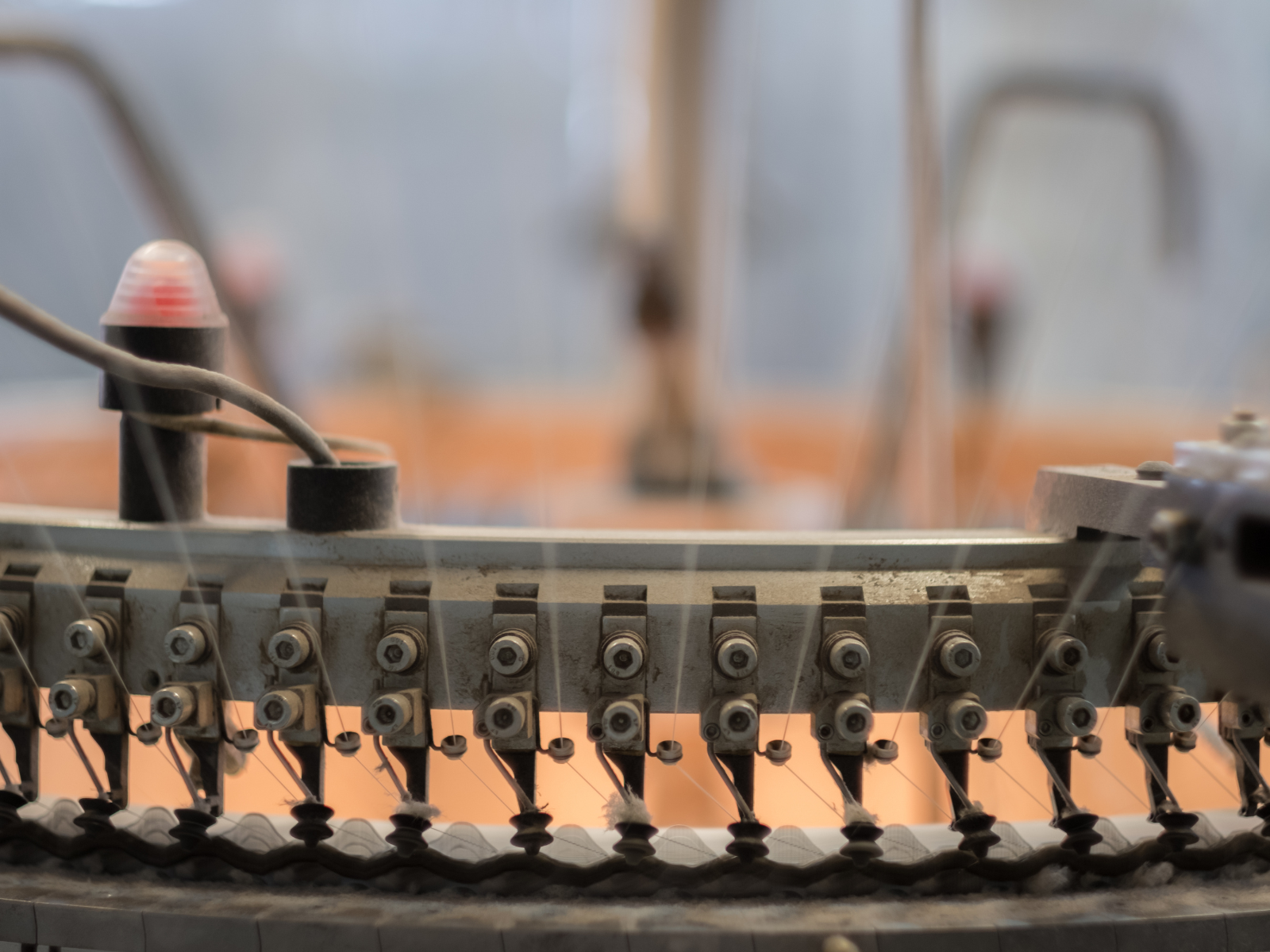
Crocheting on a Machine: How Does it Work?
There are actually two main types of knitting machines: latch hook and needle machines.
The former functions similarly to a crochet hook, whereas needle machines use a typical needle set-up for knitting.
That being said, both types of knitting machines, even needle machines, can be used in crochet as well. It's simply a matter of adapting the machine to match the stitch type you want to use.
You can also find a circular knitting machine and a warp knitting machine, which come with fixed needles and a specific set-up.
So, in reality, you can easily use these machines to produce a variety of fabrics, depending on your preferences.
The first step to crocheting on a knitting machine is to understand the mechanics of the machine and how it works.
For example, most machines have a set number of needles, and each needle will knit one stitch per row.
This means that if you want to create a fabric with 50 stitches per row, you'll need at least 50 needles on your machine.
To create a crochet-like effect, you'll need to use a stitch pattern that mimics the appearance of single crochet or double crochet stitches.
You can also try experimenting with different stitch types and combinations to create unique textures and designs.
Another consideration when incorporating crochet into your knitting machine work is the type of yarn you use.
Because the hooks used in crochet can be larger than those used in knitting machines, you may find it easier to work with a slightly thinner yarn weight.
This allows the yarn to slide easily between the machine's needles and produces a more even tension for your finished product.
A bit of experimentation can help you to find the perfect yarn for your project.
So, how exactly can you crochet on a knitting machine?
Well, the answer lies in understanding the fundamental differences between knitting and crochet stitches.
While knitting creates loops with two needles, crochet is done by creating loops with a single hook.
With this in mind, you can use the latch hook or needle setup on your knitting machine to mimic the same motion as a crochet hook.
One of the simplest crochet stitches, the crochet chain stitch, is a foundational element in many crochet projects.
While knitting machines cannot truly crochet, some can create a chain-like stitch that resembles the crochet chain; this is often used as a cast-on method or to create a simple border.
Some of the most popular methods for crocheting on a knitting machine include using the double jacquard technique, the knitting needle method, and the intarsia technique.
Each of these methods involves using different techniques and settings on your machine to produce a crocheted effect.
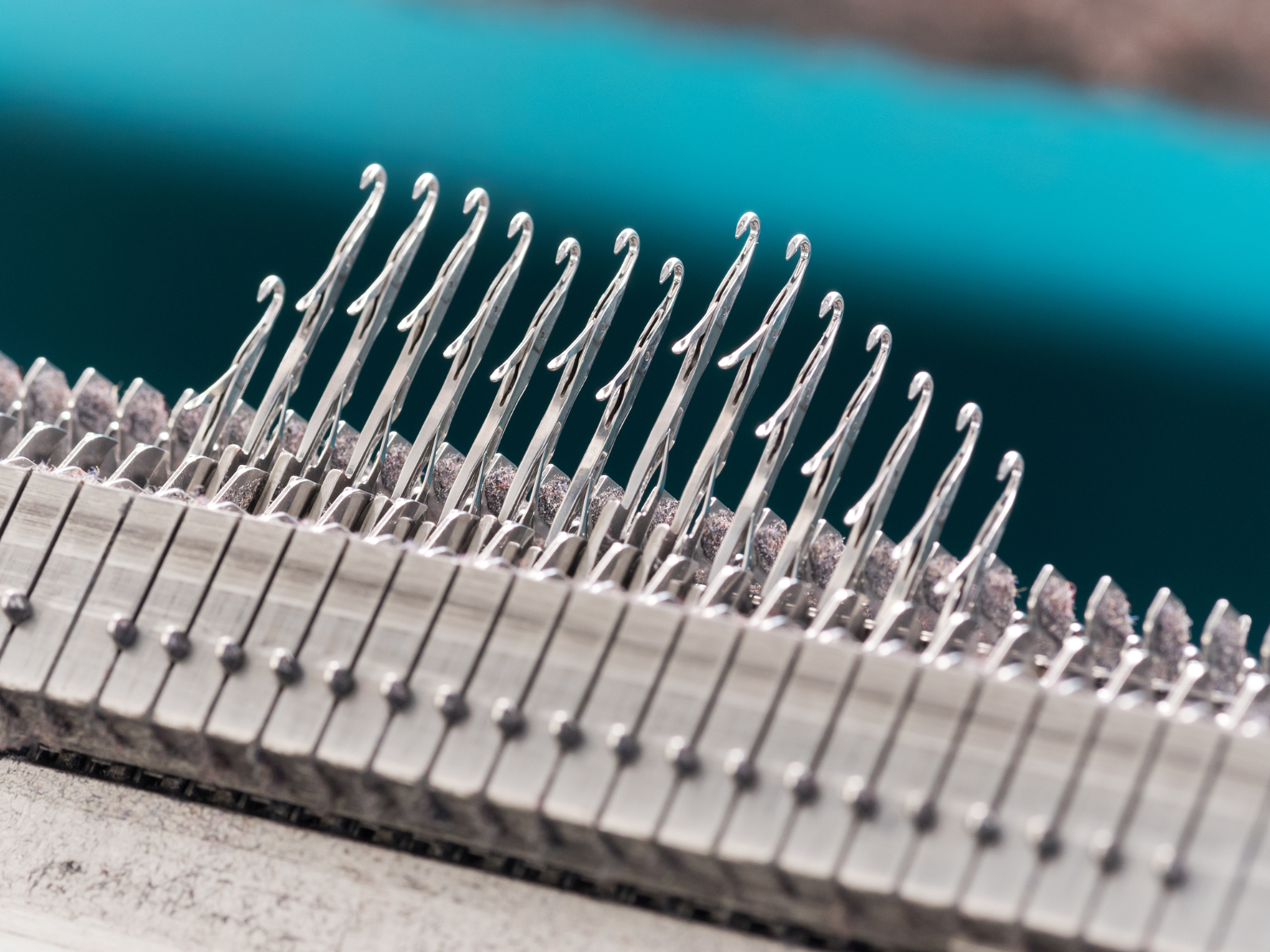
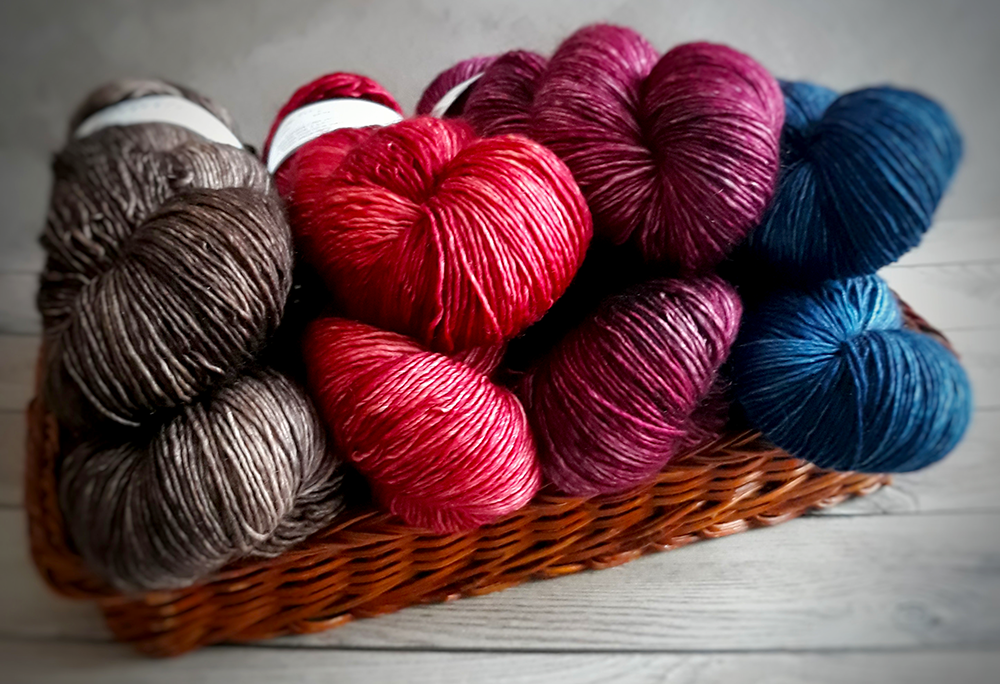
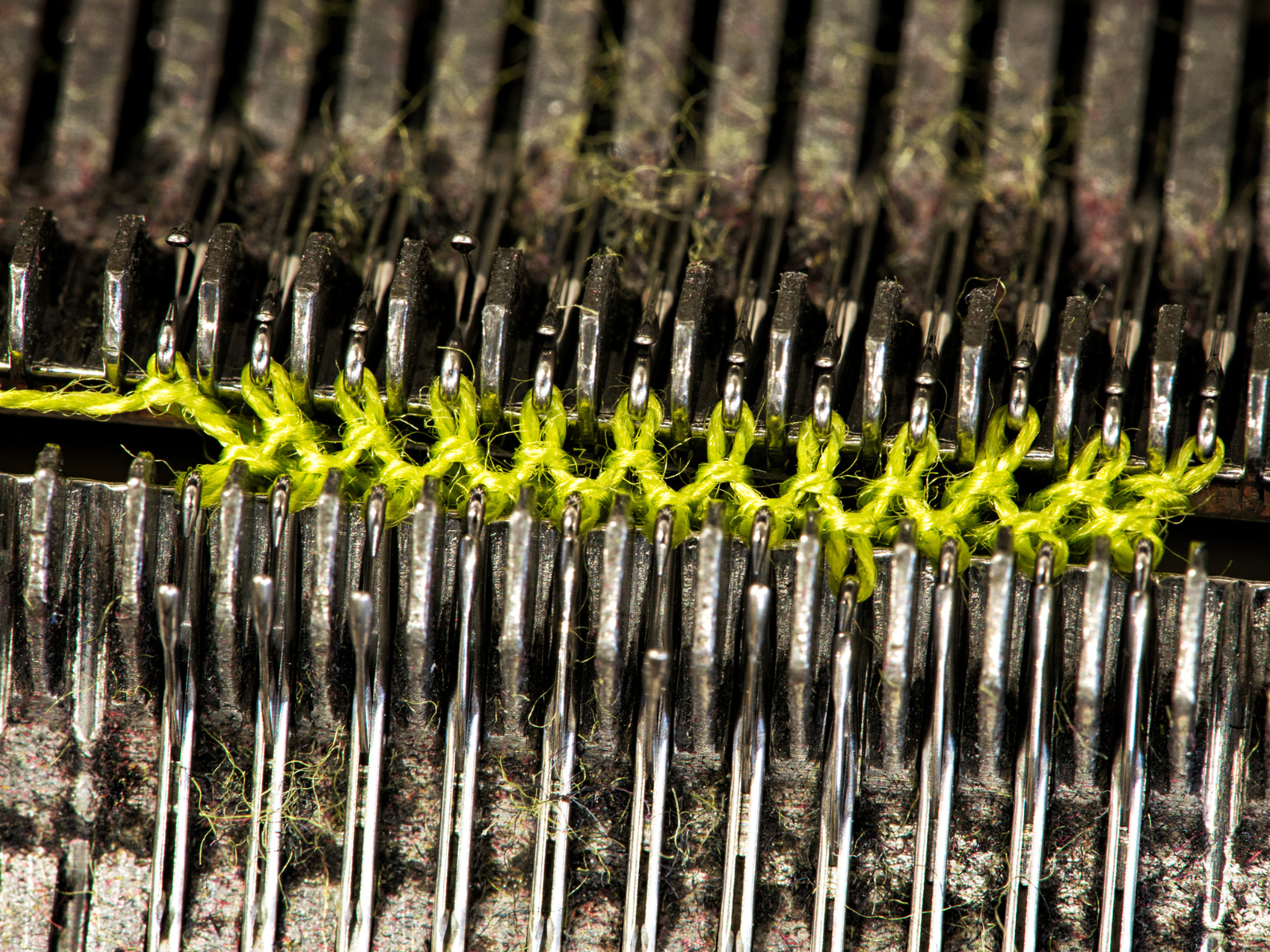
Flatbed Knitting Machines and Crochet Projects
Flatbed knitting machines have revolutionized the way we approach knitwear, but their role in crochet projects is less straightforward.
These machines are adept at creating a wide range of knit stitches and patterns, including the knit stitch, which is fundamental to many knitting projects.
However, when it comes to crochet, the flatbed knitting machine can at best offer a facsimile of crochet techniques.
Designers and machine operators can manipulate the machine to produce patterns that resemble crochet, but the unique texture and flexibility of hand crochet are challenging to replicate.
Despite these challenges, the flatbed knitting machine can be a valuable tool for crochet enthusiasts.
By using a combination of knit stitches and careful machine manipulation, one can create fabrics that echo the appearance of crochet.
This approach is particularly useful for larger crochet projects where elements of machine knitting can expedite the process.
For instance, a designer might use a flatbed knitting machine to create the base fabric for a crochet project, then add detailed hand-crocheted embellishments to achieve a hybrid creation that honors both crafts.
Another example is the use of a flatbed knitting machine for creating fabric strips used in crocheted rag rugs.
While not an exact replica of crochet, these techniques can help to reduce the time and effort involved in certain crochet projects.
Overall, while there are limitations to what a knitting machine can achieve when it comes to crochet, crafters have found innovative ways to incorporate the two crafts.
From creating faux crochet fabrics to speeding up larger projects, knitting machines offer a new dimension to the art of crochet.
As technology continues to evolve, we can only imagine the possibilities that lie ahead for blending these two beloved crafts into one harmonious creation.
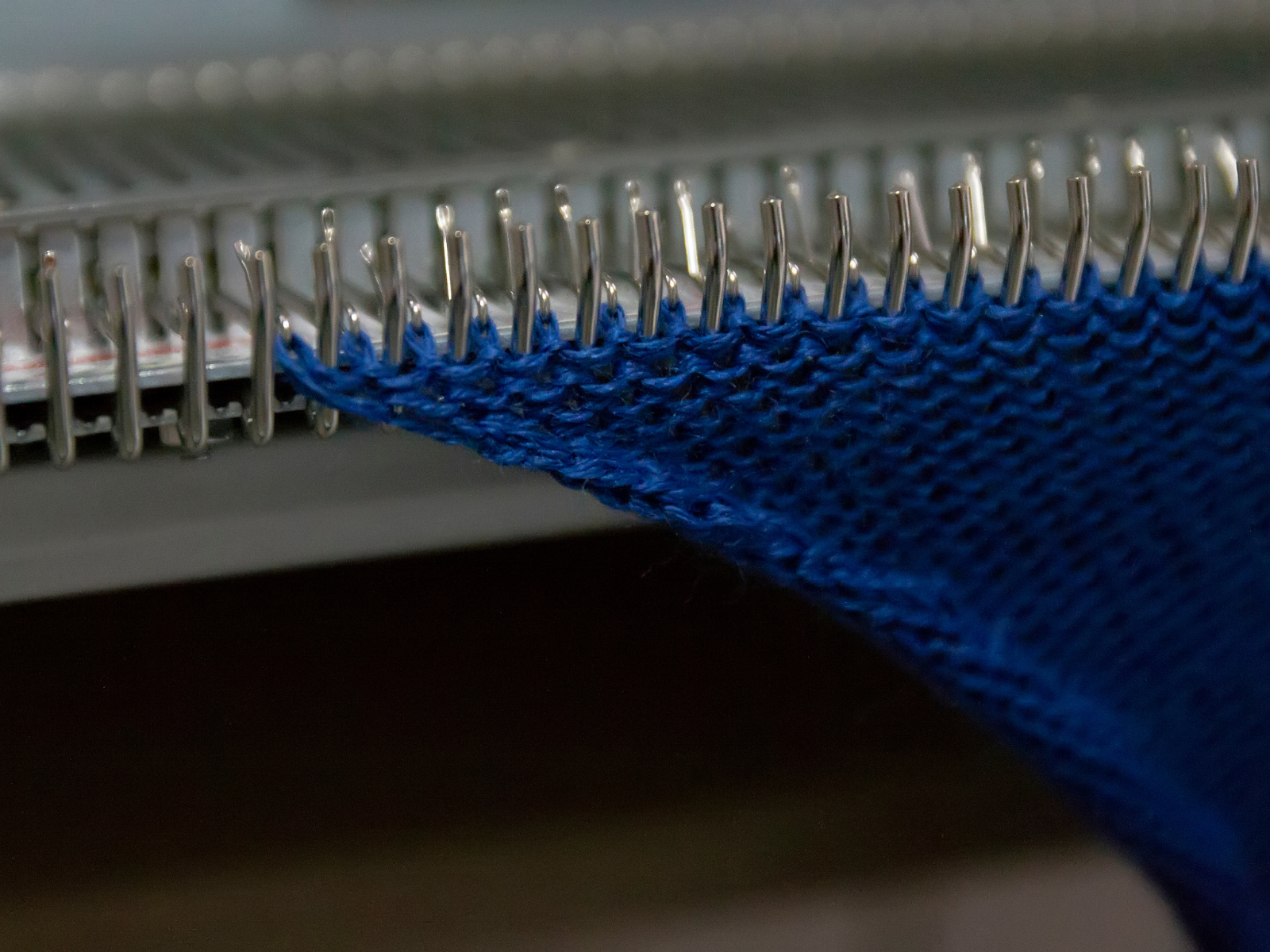
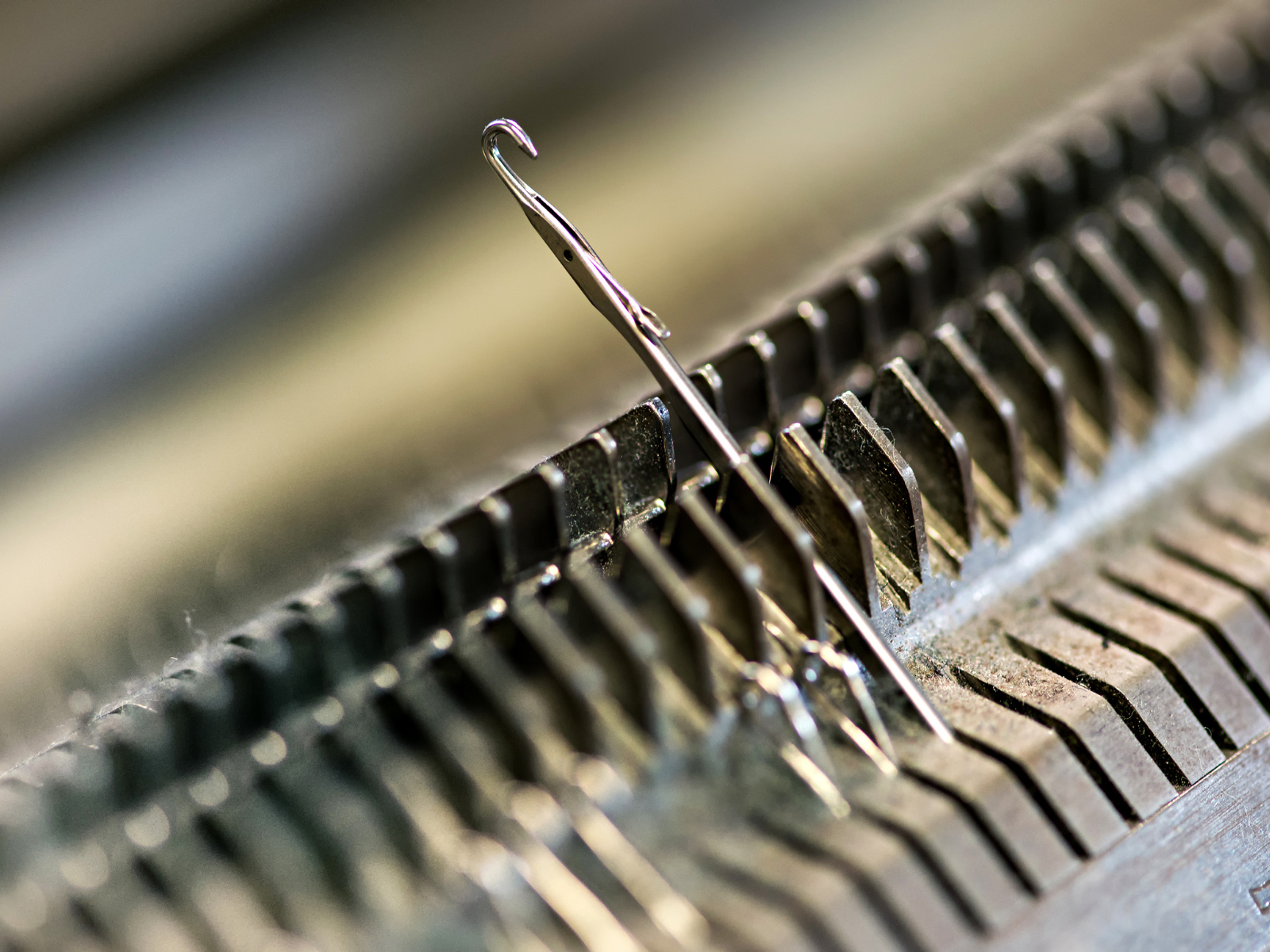
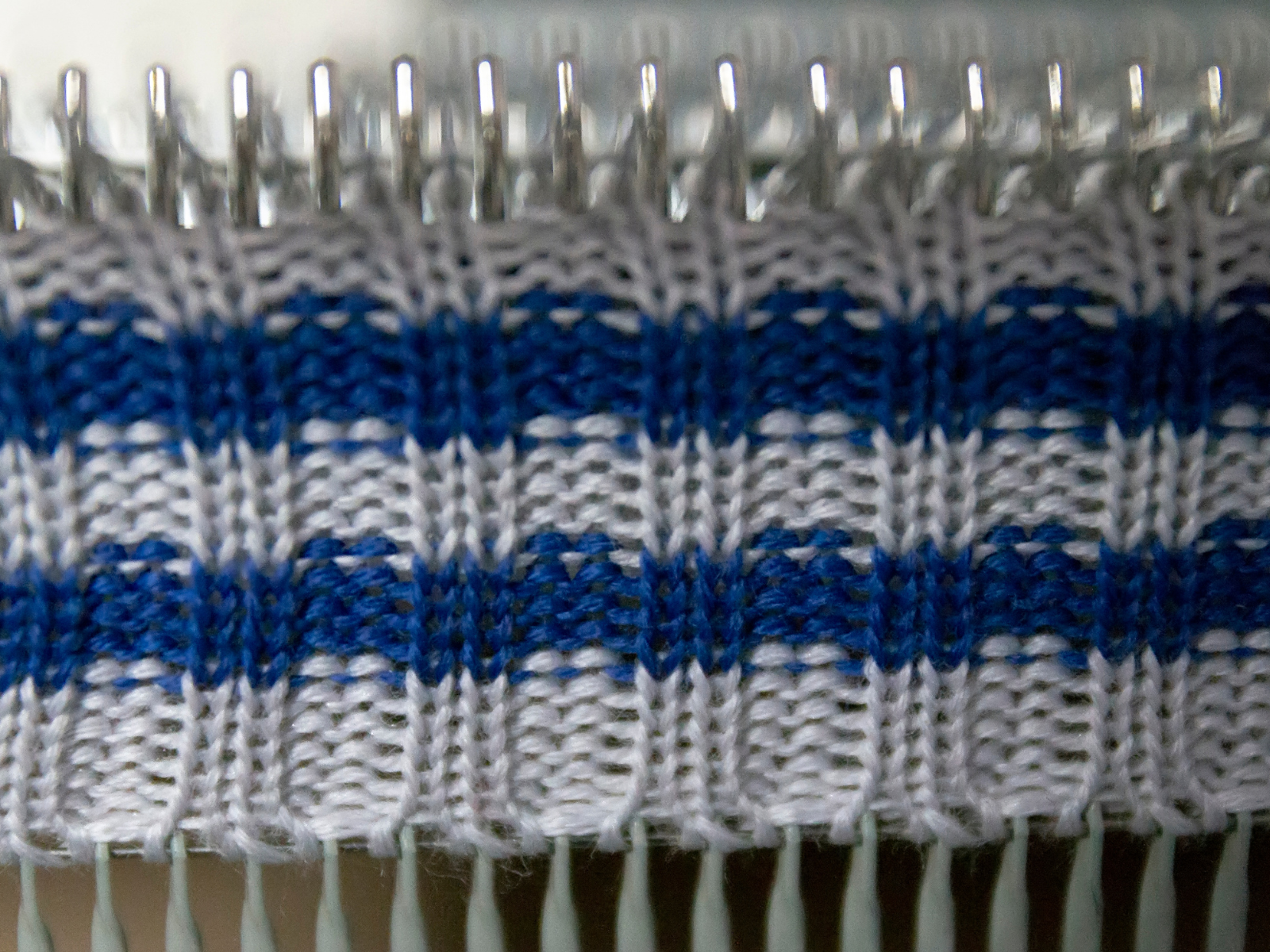
The Secret Crochet Hack for Knitting Machines
Some crafters have discovered a secret crochet hack that allows them to create crochet-like textures on knitting machines.
By using specific settings and yarn manipulation techniques, it's possible to produce patterns that resemble crochet.
However, these are not true crochet stitches and may not have the same properties as hand-crocheted fabric.
For those looking to crochet faster, knitting machines can be a valuable tool, but not for crochet itself.
Instead, they can be used to create knitted sections of projects more quickly, which can then be embellished with hand-crocheted details.
This method allows for a balance between speed and the artisanal quality of hand crocheting.
As with any craft, the key to success in using knitting machines for crochet lies in practice.
Understanding your machine's capabilities and experimenting with different techniques can help you achieve stunning results that blend the best of both worlds - the precision of machine knitting and the unique, handmade look of crochet.
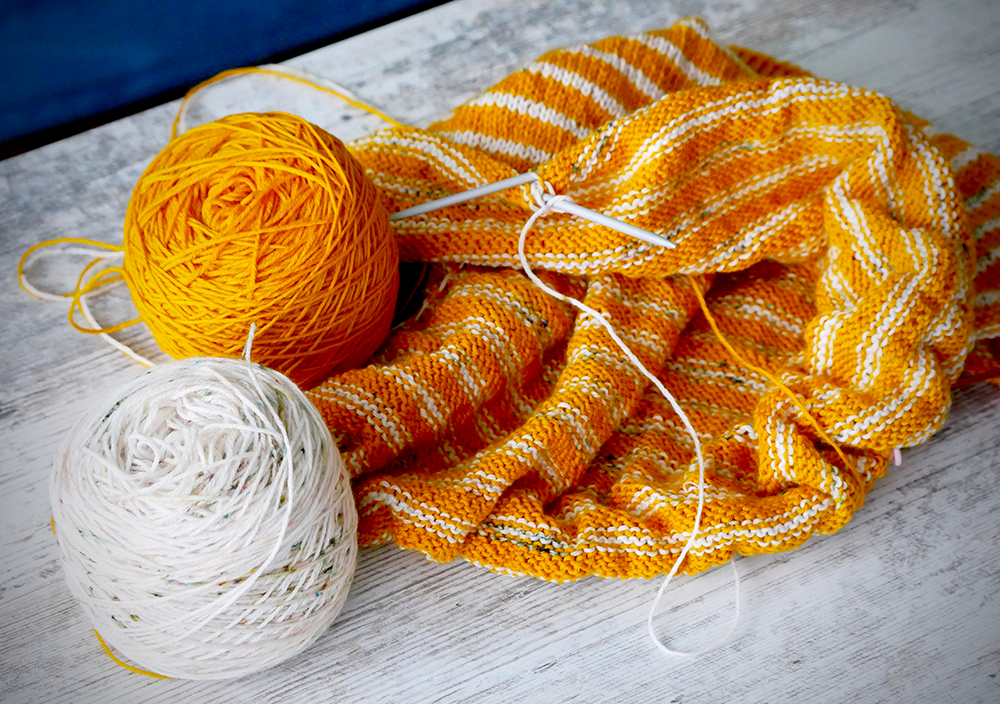

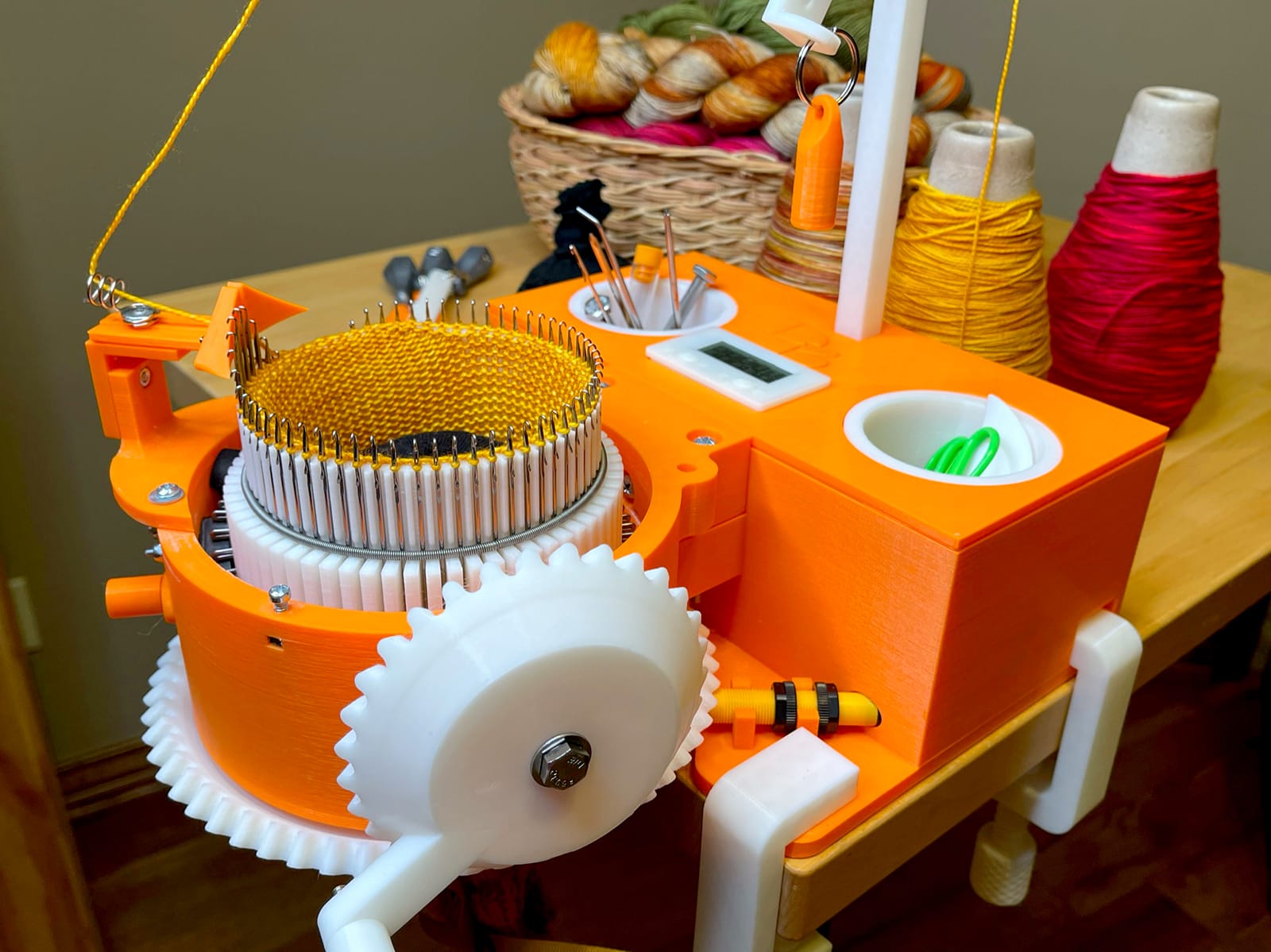
Unlike Knitting, Why Can't Machines Crochet?
Unlike knitting, crochet involves a more complex and variable process that requires the crafter to make decisions stitch by stitch.
This level of control and adaptability is difficult to replicate with a machine, which is why can't machines crochet in the same way a person can.
The term "machine made crochet" or "machine crochet" is somewhat misleading, as true crochet is a handcraft.
What some refer to as machine-made crochet is often knit fabric that has been designed to look like crochet.
While these fabrics can be beautiful, they lack the distinctive characteristics of hand-crocheted items.
As technology advances, knitting machines continue to evolve, offering more complex patterns and textures.
However, the essence of crochet as a manual, hook-based craft remains unchanged.
The future may bring machines that can more closely mimic crochet, but for now, hand crochet stands apart.
For those who hand crochet, the joy of showcasing your latest crochet creation is unmatched.
While knitting machines can assist in some aspects of needlework, the pride of a completely hand-crocheted item is a unique satisfaction that machine knitting cannot replicate.
So, while knitting and crochet may share some similarities, they ultimately remain distinct crafts with their own unique processes and outcomes.
Why not try your hand at both?
With a bit of experimentation, you can discover the endless possibilities for blending these two beloved crafts into one harmonious creation.
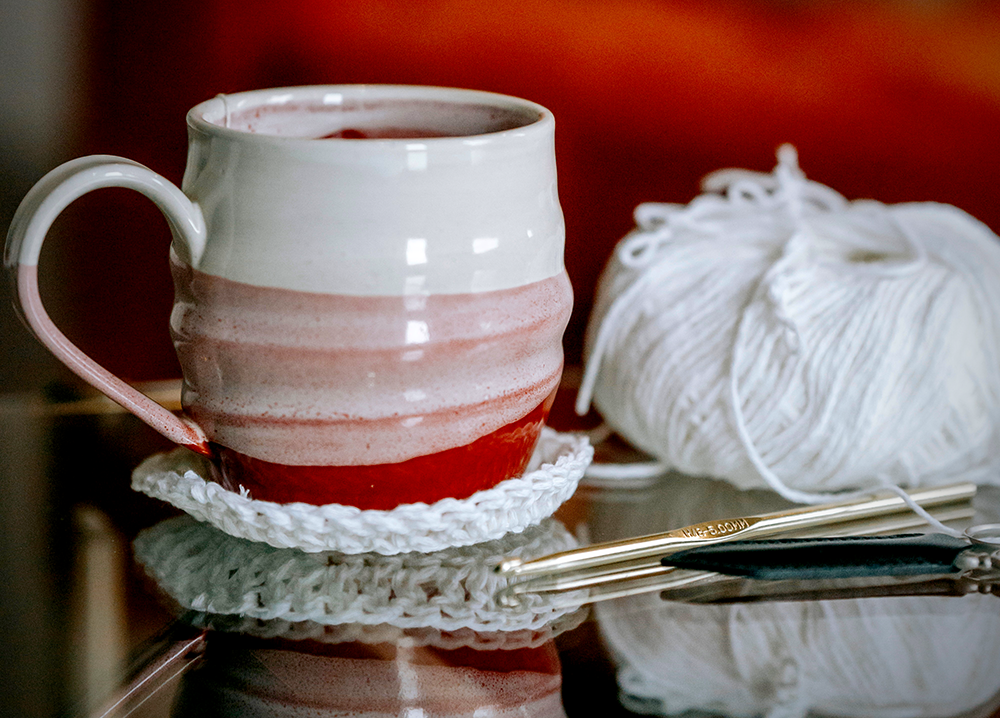
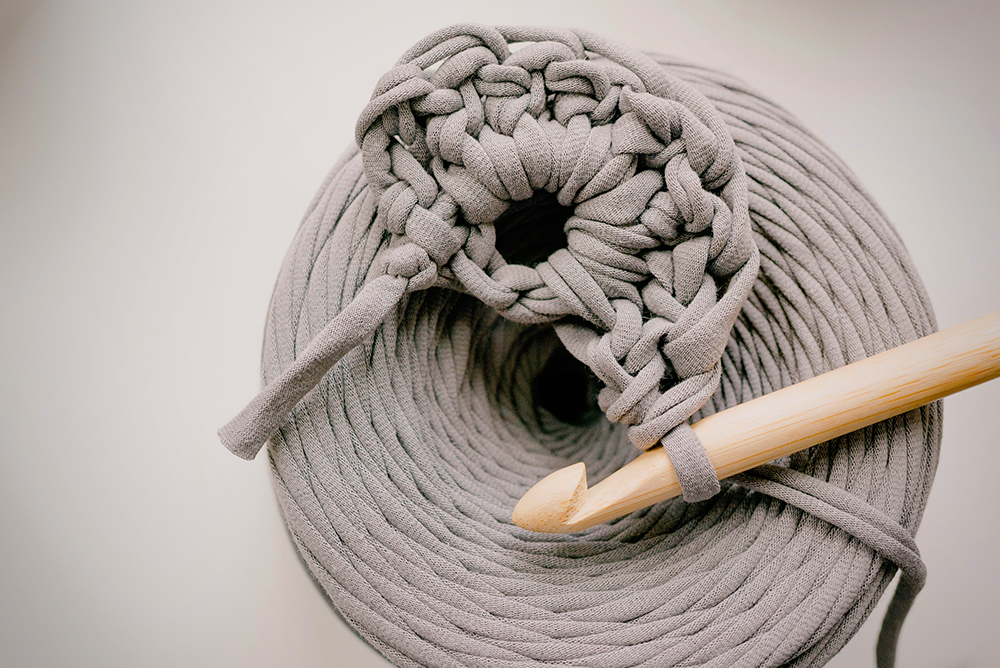
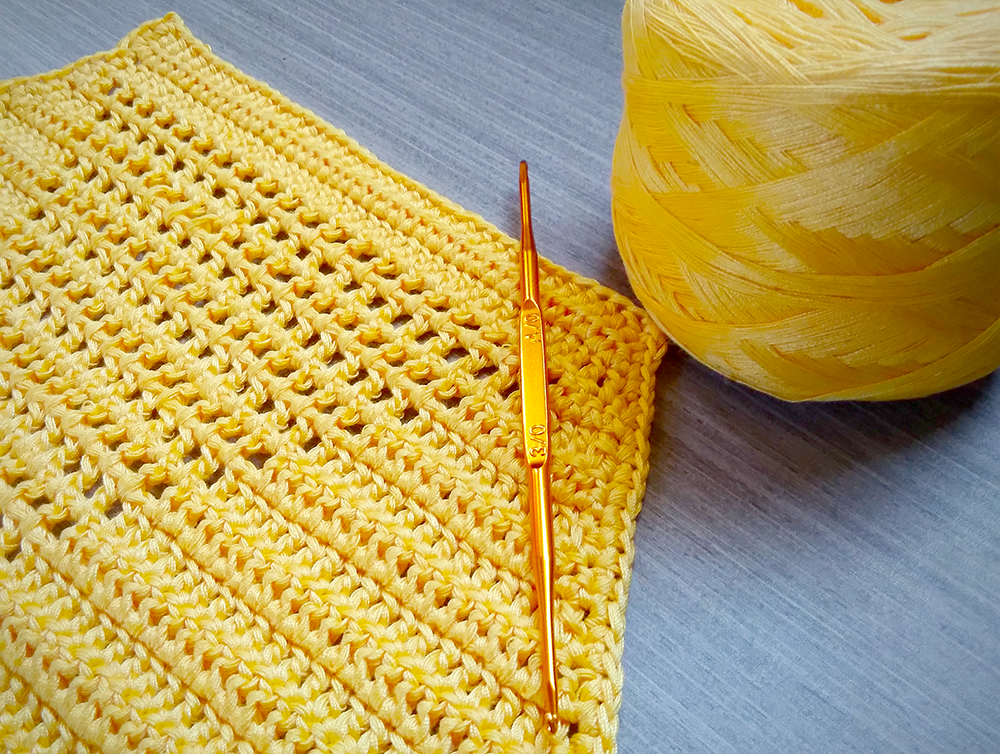
Crochet and Knitting: Two Crafts, One Passion
So, can you crochet on a knitting machine?
Knitting machines are powerful tools for creating knitted fabric, but they cannot truly crochet.
While advanced knitting machines can mimic the look of crochet stitches and crochet pattern varieties, true crochet requires manual handwork.
The unique nature of crochet, with its manual hook manipulation, remains a handcraft that machines have yet to fully emulate.
However, this doesn't make the machines any less valuable for crafters - in fact, it opens up endless opportunities for incorporating knitting and crochet techniques into one-of-a-kind projects.
Knitting machines can produce crochet-like textures and are useful for speeding up the knitting portions of projects.
For those who love the art of crochet, the satisfaction of creating something by hand is irreplaceable.
By understanding the capabilities and limitations of these machines, you can adapt them for use in your crochet projects.
With a bit of creativity, you can use knitting machines to enhance your crochet skills and vice versa, resulting in beautiful finished products that combine the best of both crafts.
There are many different ways to incorporate techniques into your machine work, and with the right tools and materials, the sky's the limit.
Whether you're an experienced crafter or just starting out in the world of textiles, it's never too late to try something new and create beautiful, unique pieces that reflect your personal style.
So, why not give it a try?
Keep exploring and experimenting with different methods, stitches, and yarns - who knows what amazing creations you'll come up with next!
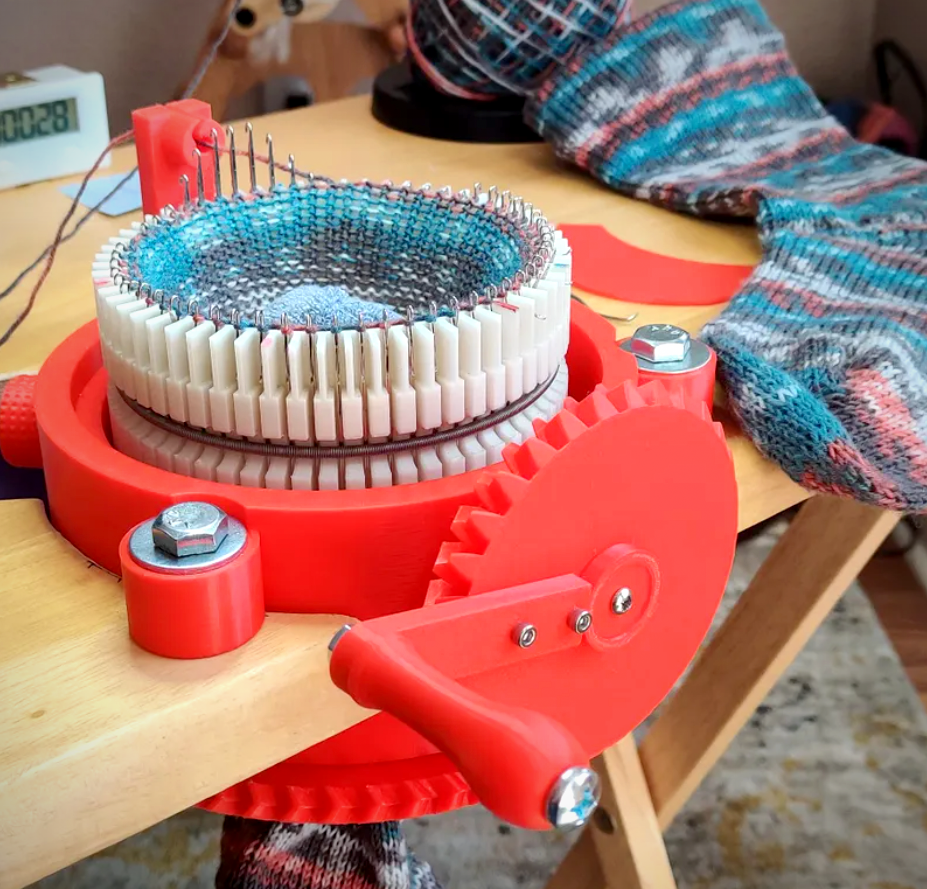
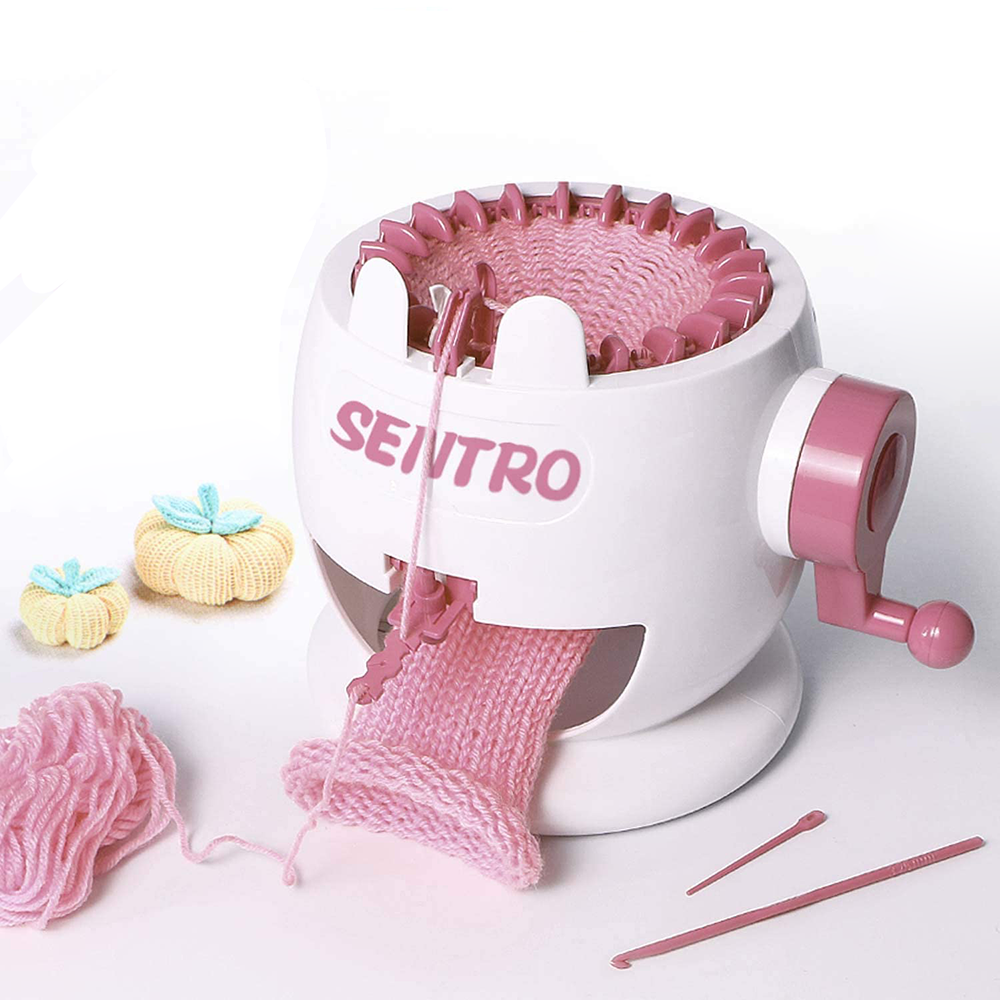
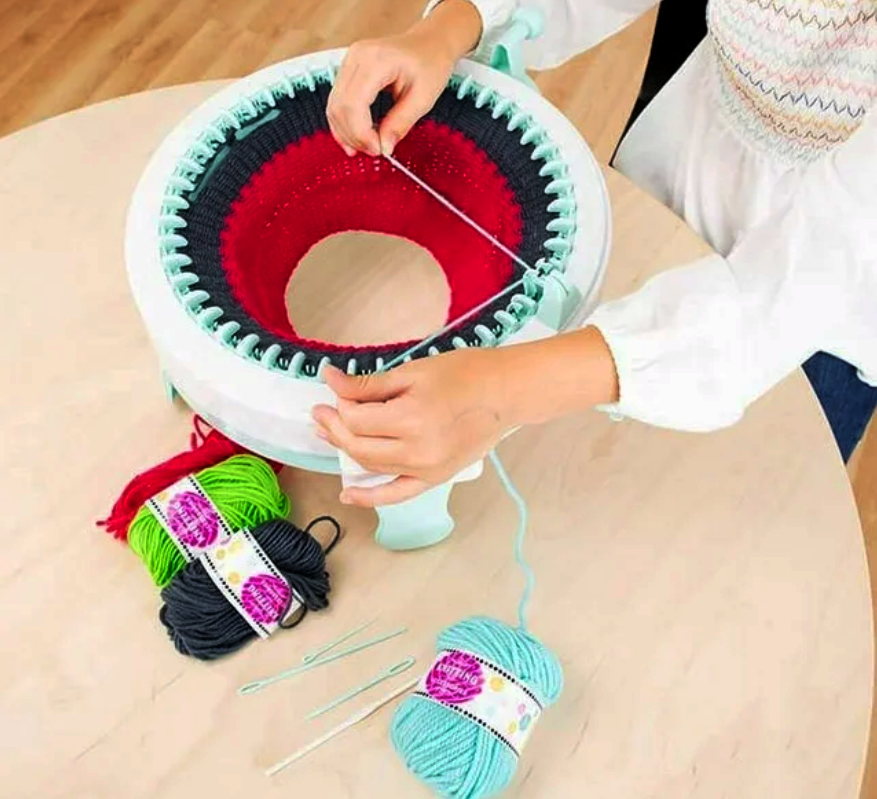
Interesting in learning more about the challenges of machine crocheting? Check out Half as Interesting's video!
Want even more content about creativity and art?
Be sure to check out all of our creative chronicles!
Interested in knitting?
Check out some of our other articles:
-Interchangeable knitting needles
-Can a beginner use a knitting machine?
-Can you make a sweater with a knitting machine?
-Can you knit socks on a knitting machine?
